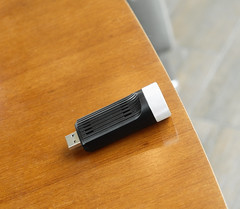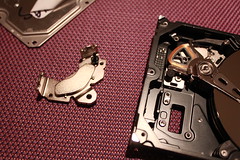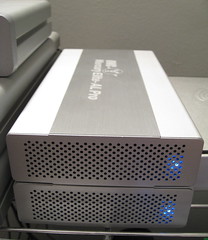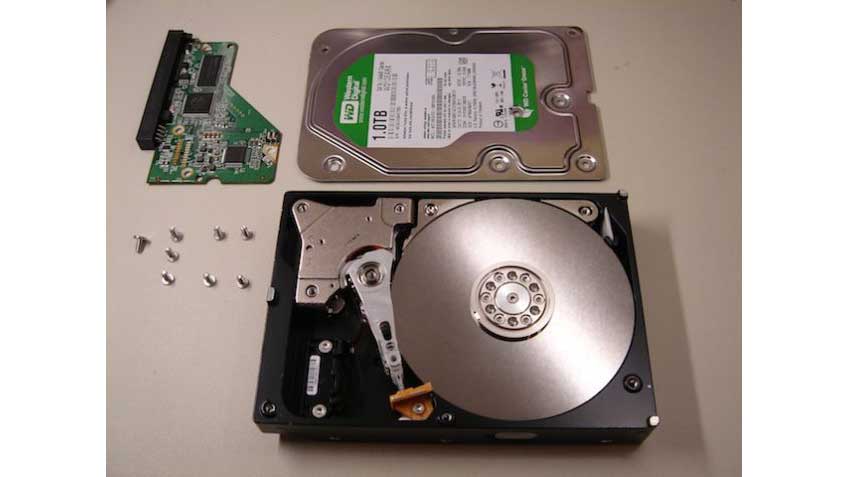Irvine, California based Hard Drive Recovery Group recently published a new blog post that teaches readers how to free up storage space in their Windows 10 computer. Through this post, the company seeks to address one of the most common issues their clients face: having most of their available storage capacity occupied by unnecessary programs and files that they no longer use or need.
As the local data recovery specialist notes, newer systems have significantly larger storage options than they did in past years, and these options seem to encourage users to make use of the entirety of available space. However, this can be counterproductive. The company explains that having too high a percentage of a hard drive occupied by non-important folders and unnecessary programs can negatively impact the computer's performance. Given enough time, it could make the simplest tasks take a long time to complete, and finding specific folders and information could be near-impossible due to the system's latency.
While common sense dictates that the only way to solve this issue is to free up space by deleting or uninstalling unnecessary programs, the Hard Drive Recovery Group states that this is not the only option, and several other actions can be taken to breathe new life into underperforming systems. These alternatives are outlined and explained thoroughly in the company's latest blog entry, which is titled "Other Ways You Can Free Up Disk Space In Windows 10." It describes four different solutions for this issue.
The first solution described in the article is for users to make use of Windows' Disk Cleaner function. This utility tool scans the entirety of a computer's hard drive, targeting temporary files and unneeded junk data that builds up with the regular use of the OS. This program is very straightforward and convenient to use, though the amount of time that it will take to scan the disk will depend on its capacity and how much of it is occupied. Once the scan is finished, the user will be presented with a list of unnecessary files that the program has identified. They can choose to keep or delete as many of these as they want, freeing up a significant amount of space from their computer.
The next similar solution provided by the Hard Drive Recovery Group is the use of a third-party cleaning tool, which should ensure that all unnecessary data is correctly disposed of and removed from the disk. These solutions offer a more complete and thorough inspection of the system, targeting all of the aforementioned files, alongside the user's cached thumbnails, their browsing history, their Windows log files, and other similar, unnecessary files and data. In a similar fashion to the Windows solution, these third-party tools will first scan the system before presenting the user with a list of potentially unwanted programs, which they can then choose to delete or keep.
In addition to these solutions, the company reiterates a suggestion offered in many of their older articles, where they advise clients to move all important data to cloud storage solutions. Some solutions, like OneDrive, provide the user with several gigabytes of free storage space that they can use to offload some of their files, freeing up space from their machine (and speeding up their performance). The company states that one major positive aspect of OneDrive is that the user does not need to download any extra programs, as it is often already included in Windows based systems.
If more storage is needed, similar solutions can be used in conjunction with OneDrive, such as Google Drive and Dropbox. These share similar functions and utilities, featuring comprehensive user interfaces that facilitate the use and storage of important files for their users.
Despite all of these solutions, the company states that there are no easy solutions or workarounds to breathe new life into a hard drive if it begins to fail, aside from visiting a specialist. The Hard Drive Recovery Group specializes in repairing hard drives and recovering sensitive data stored within them, ensuring that their clients’ information is safeguarded and protected, even in adverse situations. Interested parties may learn more by looking up the previous release published on their blog.
Those who wish to speak with a representative of the company are also encouraged to reach out to Maureen Davies of Hard Drive Recovery Group. More information can also be found on their website.
from Hard Drive Recovery Group







